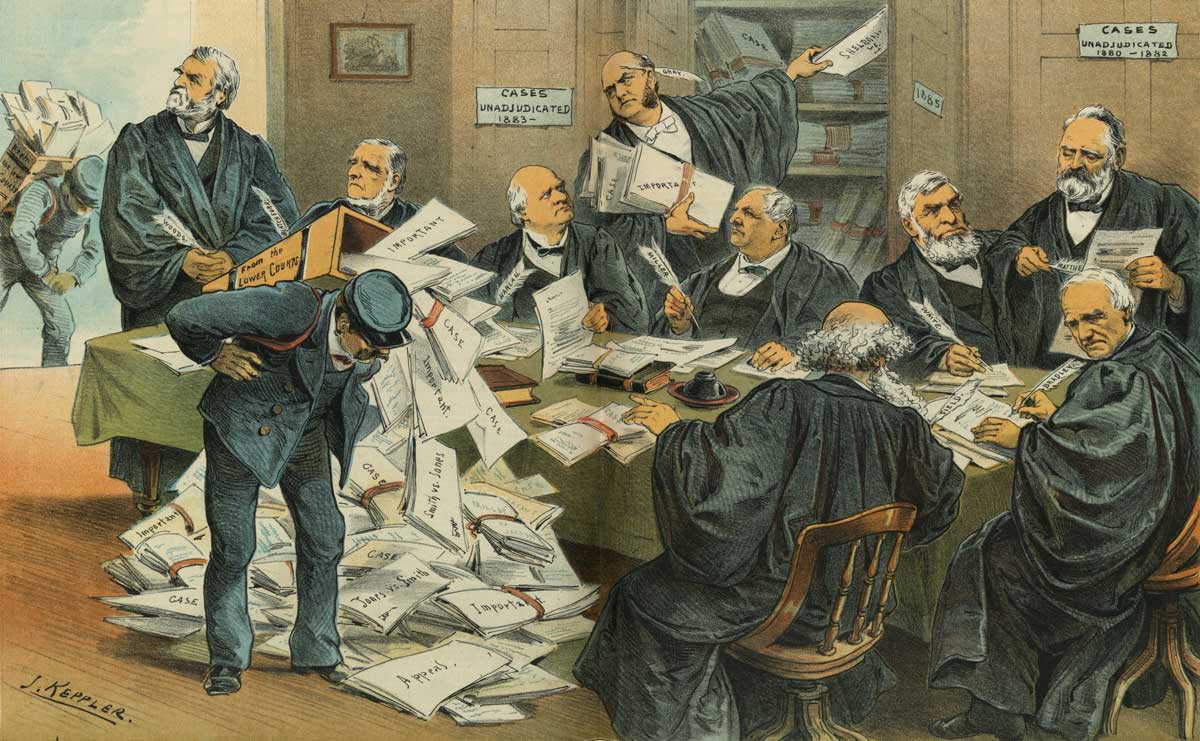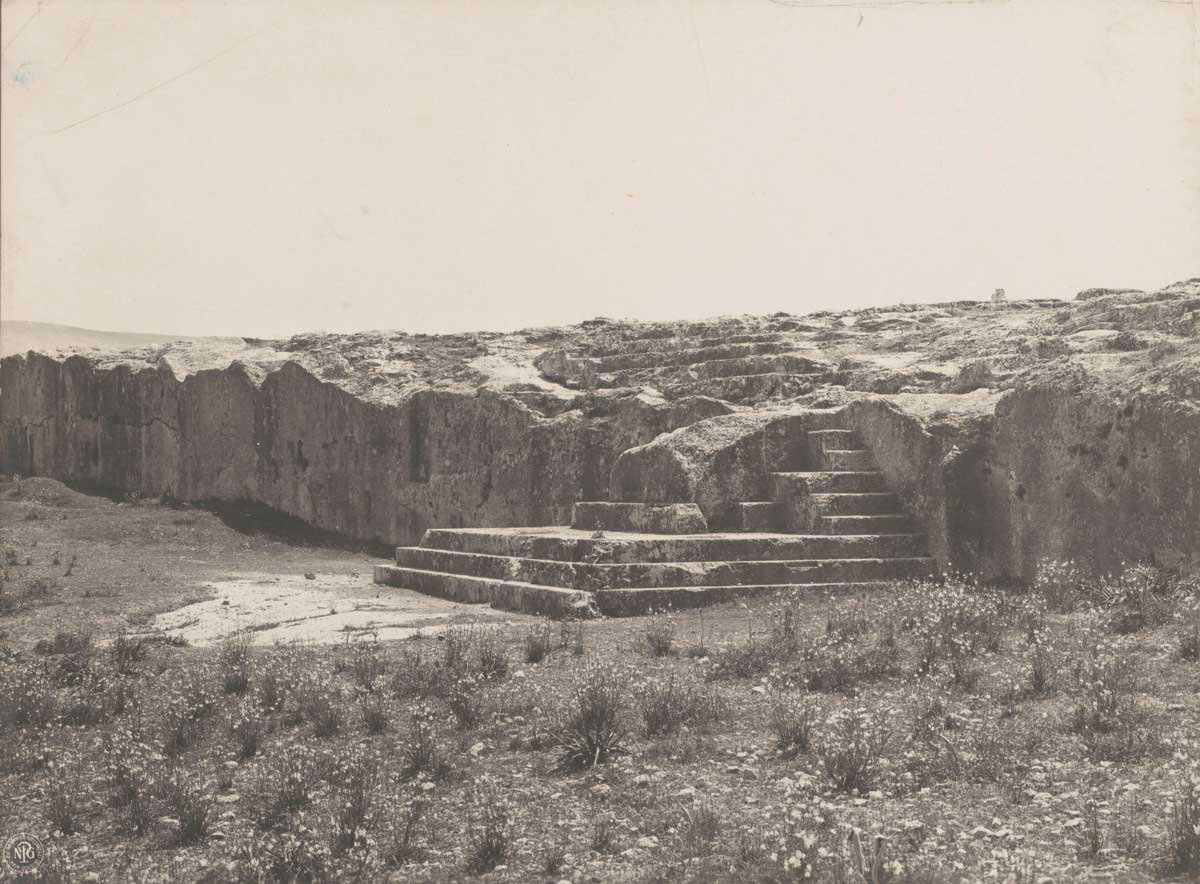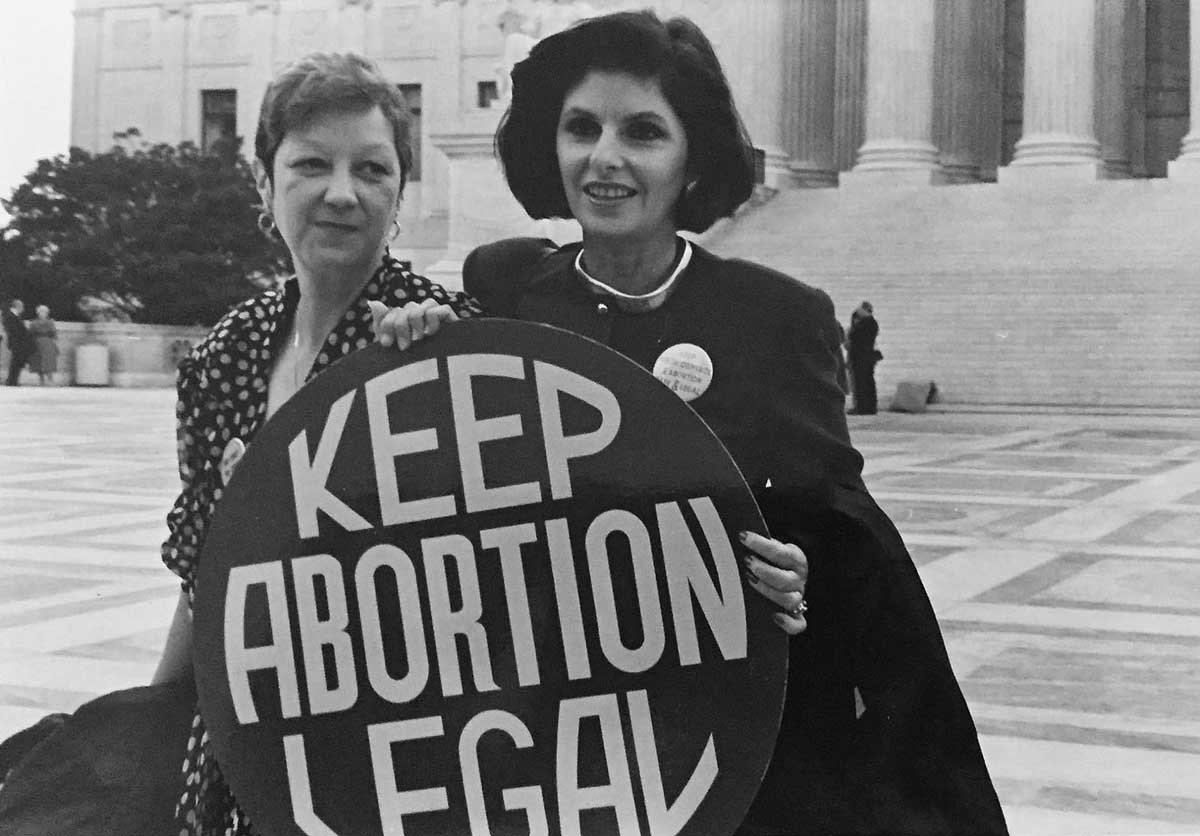The Triumphs and Tragedies of Judicial Politics
The UK Supreme Court’s judgment on Tuesday 24 September 2019 signifies a potential ‘judicial turn’ in British politics. Jack Dickens reflects upon the historical challenges and risks of a political judiciary.

The United Kingdom Supreme Court has delivered a hugely significant verdict, the consequences of which will reverberate throughout the nation’s political life for generations to come. With one legal stroke, the Justices, whose opinion was presented by Baroness Hale on Tuesday morning, announced their presence as an assertive and activist court, which intends to make full use of its status as an institution separated from both Parliament and the executive. While the Justices’ decision will be debated for many years, there can be no doubt that this moment represents a significant shift in the balance of political power within the British constitution. It is also a sign that the Supreme Court of the UK, 10 years after its establishment as an institution separated from the House of Lords in 2009, may be moving in the direction of its US counterpart. With British politics poised to undergo a ‘judicial turn’, it is worth pausing to reflect upon some lessons from history.
History warns us of the mixed blessings of judicial activism for political constitutions, in ancient Athens and the United States. The type of shift which we may be witnessing in Britain is not a phenomenon which is alien to democratic or representative forms of government and, if we examine human societies in the past, there are many parallels.
In ancient Greece, in the fifth and fourth centuries BC, the Athenians were ruled by the world’s oldest known democratic system of government. This was not a democracy that we would recognise today, however, because it was a direct and not a representative one. At the heart of this system was the demos (‘the people’) in their ekklesia (Assembly). That is, Athenian citizens showed up to the Assembly in Athens to participate in, and vote upon, the crucial political questions of the day. This was a government which required citizens to take the responsibility to personally show up in the Assembly rather than electing representatives in constituencies, the common practice in modern, representative democracies. Needless to say, in practice the Assembly could not actually hold all of Athens’ citizens, especially not those who lived and worked in the surrounding countryside. Nonetheless, the Assembly often attracted a significant number of the Athenians to hear and participate upon every question of the day, from treaties with foreign kings to the finances of the city.
However, the character of Athenian democracy, and the relative power of its institutions, was not static across its existence. Rather, as the historian of Athenian Democracy Mogens Herman Hansen has demonstrated, there was a crucial power shift among the institutions of the democracy in 403, when it was restored after the two oligarchic revolutions of 411 and 404. In order to avoid a system of government which many Athenians believed had led to an unbridled decline of democracy into the rule of demagogues, the Athenians appear to have introduced a number of constitutional rules at the end of the fifth century in order to curb the power of the Assembly.
One way in which they did this was by strengthening procedures for the consistent review of the decrees passed by the Assembly. The graphe paranomon (literally ‘action for improper legislation’), which had been established in 415, was used consistently to judge the constitutionality of decrees passed by the Assembly. The process of judicial review would be conducted by the dikasteria, the popular people’s court, in which laws would be scrutinised for an entire day, before being decided upon by a jury of 500 Athenian citizens over the age of 30 who were selected by ballot. This was not, therefore, a Supreme Court of Justices like those that exist in the US and the UK. Instead, it was an institution populated by politically engaged citizens, whose activity was intended to add another layer of review and scrutiny to decrees passed by the demos in the larger People’s Assembly.
Out of all the decrees overturned by the people’s court which we know about, most were prosecutions aiming to overturn personal honours proposed by politicians in the Assembly. As Hansen explains, these judicial reviews of decrees became a method of using the people’s court to attack political opponents in the Assembly. In short, the use of the power of judicial review effectively ‘turned the court into a political forum and its condemnation into a vote of censure.’

Indeed, it was often those who were most zealous in proclaiming the centrality of the rule of law who were also most assiduous in using it for their own political purposes. A great politician of the later fourth century, Demosthenes, lauded the legal processes of the graphe paranomon as inseparable from the character of Athenian democracy and complained in his speeches when the Assembly passed decrees with the force of law without then submitting them to the power of the courts. Yet Demosthenes and his opponents, such as his great rival Aeschines, were happy to manipulate the processes of litigation to strengthen their own political positions in the Assembly and to undermine the credibility of their opponents. He was at once a great, possibly even demagogic, statesman within the Assembly, and a ruthless, vindictive prosecutor of his political opponents in the law courts.
The graphe paranomon became a permanent feature of the fourth century democracy. The proof is in the number of challenges to legislation which we know to have occurred: between 1803 and 1986, the US Supreme Court used its power of judicial review 135 times; in the Athenian courts of the fourth century this figure was reached in the first two decades.
Yet, while the power of judicial review in Athenian democracy came to be seen as a check upon the raw power of the demos, then in the US the power of the Supreme Court arose in very different circumstances. The United States established at the Philadelphia Convention in 1787 was intended to be neither a democracy nor a juristocracy, but a constitutionally-bound republic based upon a combination of representatives decided by direct election and those based upon appointment. When James Madison wrote of the Athenian democracy in The Federalist, he held that democracy was a system which inevitably degenerated into mob rule.
The Founding Fathers, many of whom had grown up reading and dreaming about ancient republics, such as that of ancient Rome, brought a fascination with legal probity and civic virtue into their statecraft. The constitution was also heavily shaped by the Fathers’ penchant for the republican political theories which had emerged out of the British Civil Wars in the 17th century, as well as the writing of the French philosophe, the Baron de Montesquieu. One particular aspect of Montesquieu’s magnum opus, De l’Esprit des Lois (1748), suffuses the pages of the document they created: the balance and separation of powers among the executive, legislative and judicial branches.
The attitude of those at Philadelphia was summed up well by Madison, who wrote in The Federalist that ‘If men were angels’, then ‘no government would be necessary. If angels were to govern men, neither external nor internal controls on government would be necessary.’ However, he asserted, since neither of these scenarios was true, the only resolution was to create a state which was held in check by its own institutions: ‘In framing a government which is to be administered by men over men, the great difficulty lies in this: You must first enable the government to control the governed; and in the next place, oblige it to control itself.’
Yet it would not be until 1803 that the Supreme Court established by the constitution would truly assert its power of judicial review over the actions of the other branches of government. In the legal judgment given in Marbury v Madison (1803), the Supreme Court enforced its power of judicial review. In a moment of delicious political irony, Chief Justice Marshall quoted Madison’s words back to him in the opinion presented for the case, declaring that: ‘The government of the United States has been emphatically termed a government of laws, and not of men.’ This was the moment at which the Supreme Court outlined and proclaimed its right to strike down the laws and actions of government and Congress as unconstitutional. The rest, as they say, is history.
The people of the United States have lived with the consequences of their politicised Supreme Court ever since, a mixed blessing, which has brought both judicial conservatism and judicial activism. As Gary Gerstle has argued, the early Supreme Court was often a drag upon the extension of constitutional civil rights to the states. Indeed, as he explains, ‘it took the Supreme Court 142 years after the ratification of the Constitution to put its full power behind what were arguably the two most important rights in the Bill of Rights: freedom of speech and the press.’ It has proven itself as, by turns, willing to preserve the status quo and to pass epoch-making rulings which have redefined US society.
However, simply because the Supreme Court has been appointed by presidents past and present does not mean that bipartisanship in the court is impossible. Cases such as and Brown v Board (1954) and Roe v Wade (1973) have provided landmark rulings on civil rights in which judges appointed both by Republican and Democrat presidents were in the majority ruling. The Supreme Court can often be the stage for the cultural and political tensions raging across US society, even if its legal performances are not always neatly divided along party political lines.

Therefore, as the UK seems to be moving towards a constitutional system in which unelected judges will play a more assertive role in the political process, there are many lessons to be drawn from the past. The lesson from history is that the rise of appeals to the law courts to resolve high political disputes brings with it a politicised judiciary. This politicisation is a process which is difficult, if not impossible, to reverse. The examples of ancient Athens and the US Republic demonstrate that the more we seek to involve our courts in the intricacies of the political process of law-making, the more the independence and impartiality of the judiciary are inevitably put under strain.
A powerful constitutional court in itself is not necessarily a negative thing, even if it is one that comes with its own challenges and dilemmas. If a politically engaged and activist judiciary is at risk of turning the highest courts of the land into a terrain for political proxy wars, like those of ancient Athens, then there is also the potential for a more assertive judicial branch to provide further scrutiny for legislation and bring clarity to constitutional procedures.
One crucial issue for the UK is to reflect upon how an assertive, politically active constitutional court will seek to build its principles of operation in a constitutional system which is not, like its US counterpart, codified into one single authoritative document. Another issue centres around whether the UK Supreme Court will now have to be subjected to political appointment and approval by the government and legislature, as their US counterparts are. If so, then the judiciary will be prone to partisanship; but, as the US has shown, this is a system which can operate when sensible judicial appointments are made and Justices of varying political persuasions seek to put their duty to the law of the land above narrow party loyalties.
Any political system which values an impartial and independent judiciary must perform a difficult balancing act. One dangerous response to the decision made on Tuesday would be to hold the legal system in contempt. Another equally dangerous response, however, would be the conclusion that legalism alone should now be the measure of political legitimacy. In the end, laws are not immutable things external to the people who devise them, pass judgments upon them and enforce them. If we are to have a politicised judiciary, everyone – public, politicians, and judges alike – is required to exercise civic responsibility. We must not, as the Athenians did, seek to take personal political struggles into the courts and we must try, as far as possible, to cultivate the more restrained and bipartisan dimensions of the US Supreme Court.
The politicians and people of the UK have a duty to ensure that the precedent set on 24 September does not lead to unbridled appeals to the courts to resolve all of the most politicised questions that confront British democracy. We need to be careful in assessing which questions are rightly resolved in the court of public opinion rather than the court of law.
Jack Dickens has an MPhil from the University of Cambridge and intends to pursue a PhD in History.